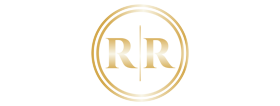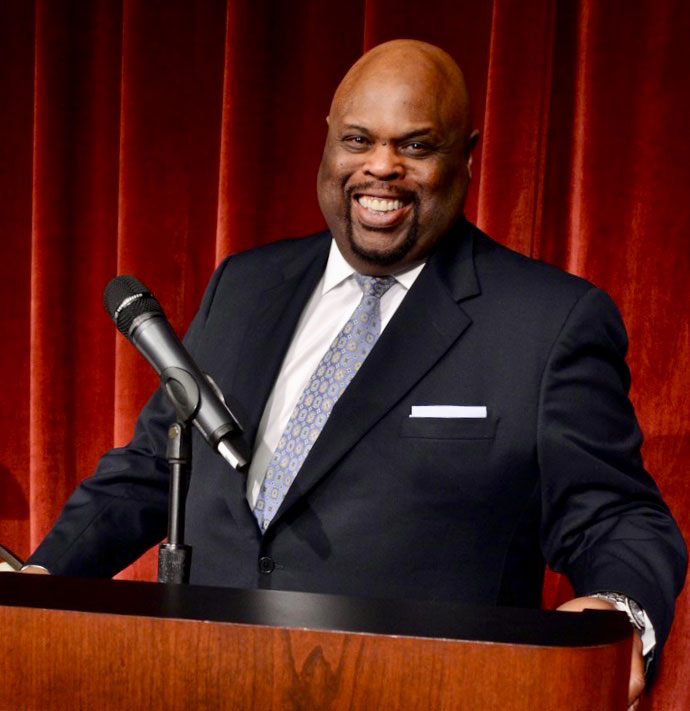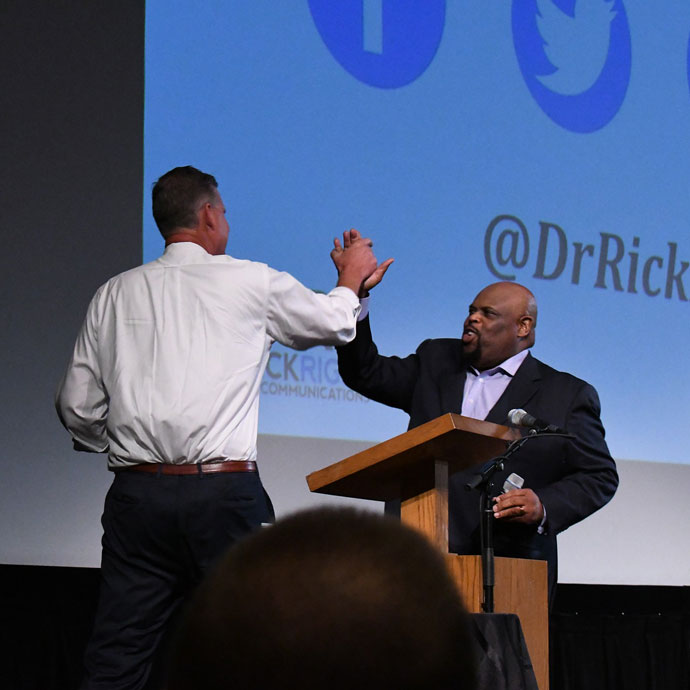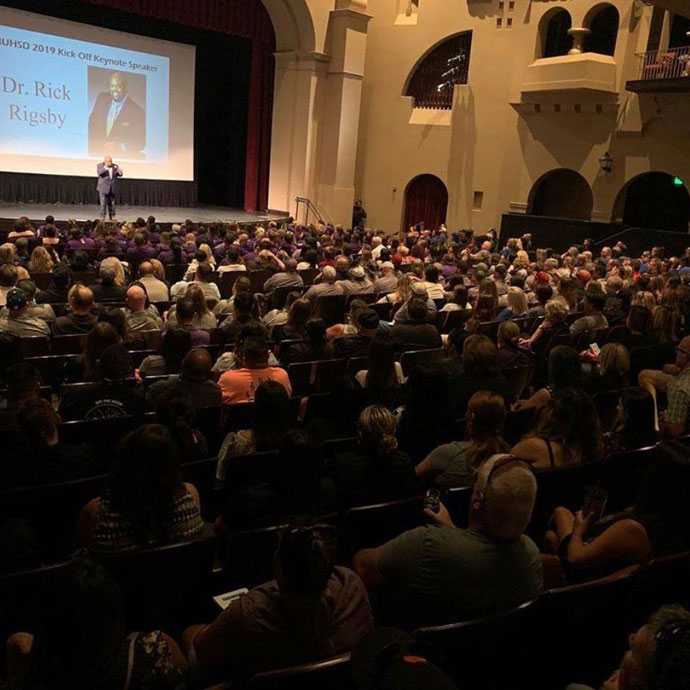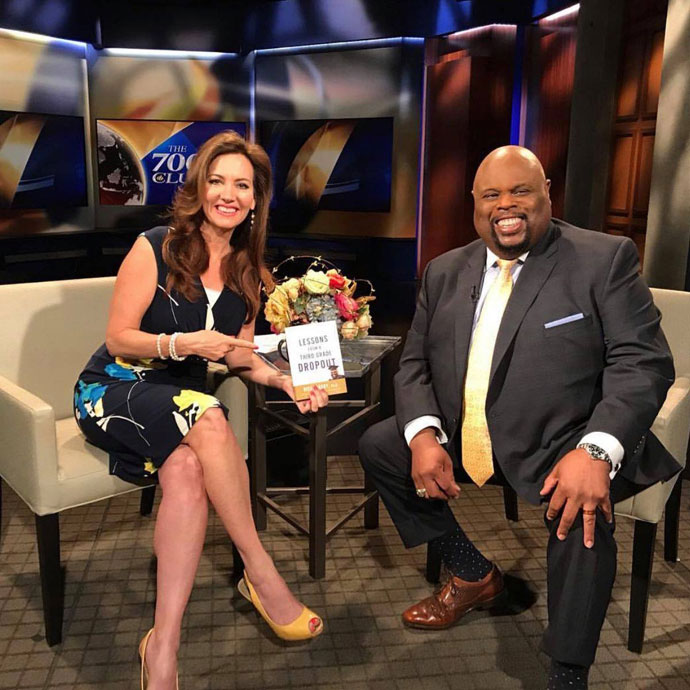Corporate Coaching
ACCOUNTABILITY
Greater accountability promotes greater organizational health. As leaders learn to communicate more openly and clearly, greater levels of trust are recognized. Greater levels of trust will positively influence conflict resolution, problem solving and the overall communicative health of the organization. When accountability is encouraged, people are inspired to offer more effort for the greater good—realizing that others are dependent upon them for the overall effectiveness of the culture. Thus, a natural bi-product of greater accountability is momentum. When organizations are accountable from the top down, the rate of speed (momentum) increases in terms of decision-making, problem-solving, acquiring resources and the completion of projects as a result of a greater value placed on team over individual. The critical question is how do cultures grow this type of momentum as a method of reinforcing accountability?

Barriers to Accountability
- The “Lone Ranger” Syndrome
- Overcoming the Ultimate Fear
- The Risk of Instability

Energizing the Culture Through Accountability
- Leaders Who Master Adaptability
- Long-Term Versus Contingent Relationships
- Interdependent Versus Independent Cultures

Sustaining Accountability Through Momentum
- The Relationship Between Accountability and Momentum
- Advantages to Increasing Organizational Rate of Speed
- Using Momentum to Sustain Excellence
EFFECTIVE COMMUNICATION
A leader’s ability to effectively speak and listen is critical to maximizing profitability and increasing employee satisfaction within an organization. This module provides an opportunity to become aware of variables that either enhance or distort their message to colleagues. Furthermore, a leader’s ability to listen can determine whether an organization experiences momentum or stagnation.
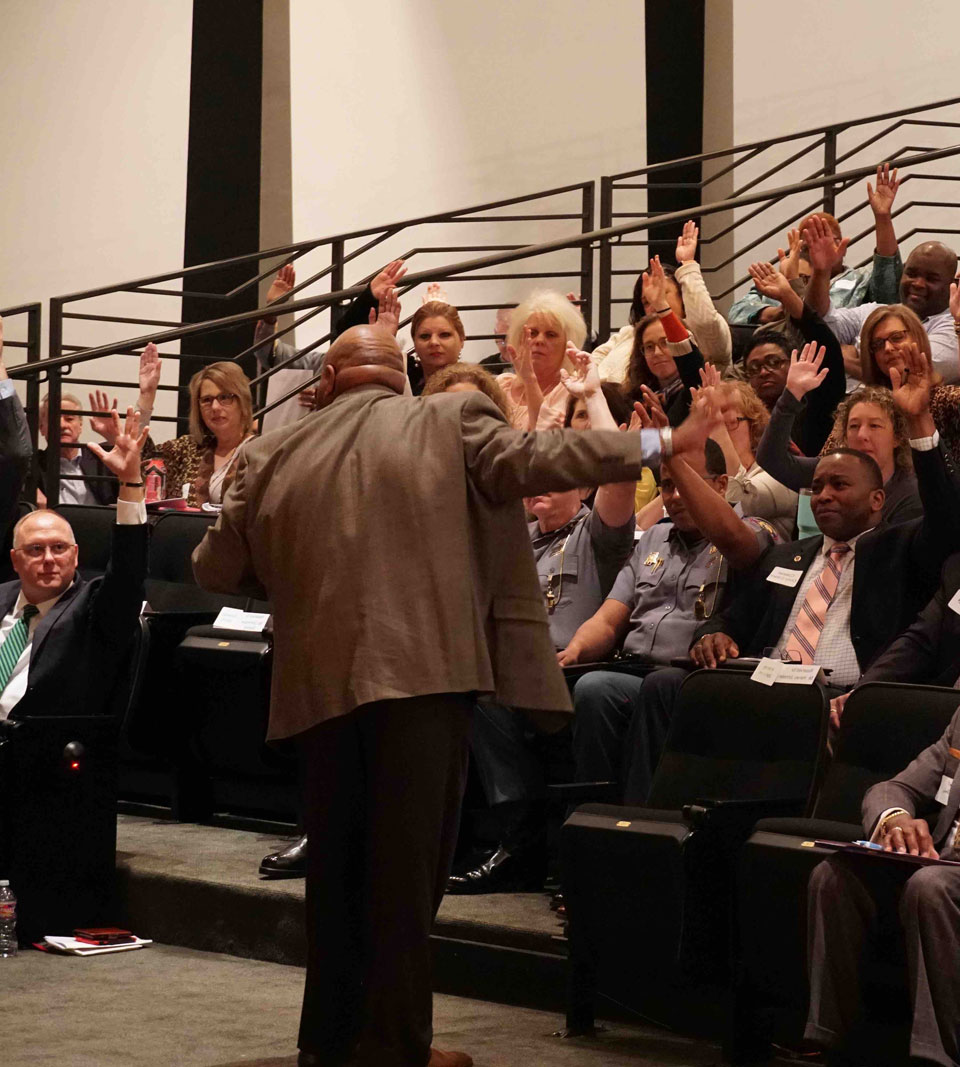
Effective Listening: The Lost Art of Communication
Great leaders are great communicators. However, organizations tend to emphasize just one aspect of communication—speaking. Arguably, the most important element of communication is ignored by many leaders. Effective listening within the context of an organization is a powerful economic driver with the potential to generate greater employee satisfaction. Strategies to support a leader’s desire to listen more effectively include:
- Learning the differences between hearing and listening
- Learning how to grow listener efficiency
- Developing strategic listening skills
- Experiencing poor listening (humorous exercise)
SHARED LEADERSHIP -
WORKING TOGETHER
Effective leaders maximize efficiency because they always—without exception—place team first. Leadership expert John Maxwell was quoted as saying, “One is too small a number to achieve greatness.” Great leaders learn how to build cultural value through working together. In this module, we will explore how to implement the theoretical construct of teamwork into a profitable practice.
Consistent Messaging: The Fine Art of Clear Communication
Surprisingly, only portions of our words are understood as intended. While some of the fault is shouldered by message receivers, the majority of the responsibility is assigned to the sender. Communication has multiple levels. Great communicators use both a content and relational level to achieve high receiver response. Strategies to support the fine art of clear communication include:
- Knowing clearly what message you wish to communicate
- Learning to use language that expresses rather than impresses
- Learning how to speak with persuasion, passion and compassion
- Learning to talk “to” rather than talk “at” people
- The Triangle of Effective Presentations
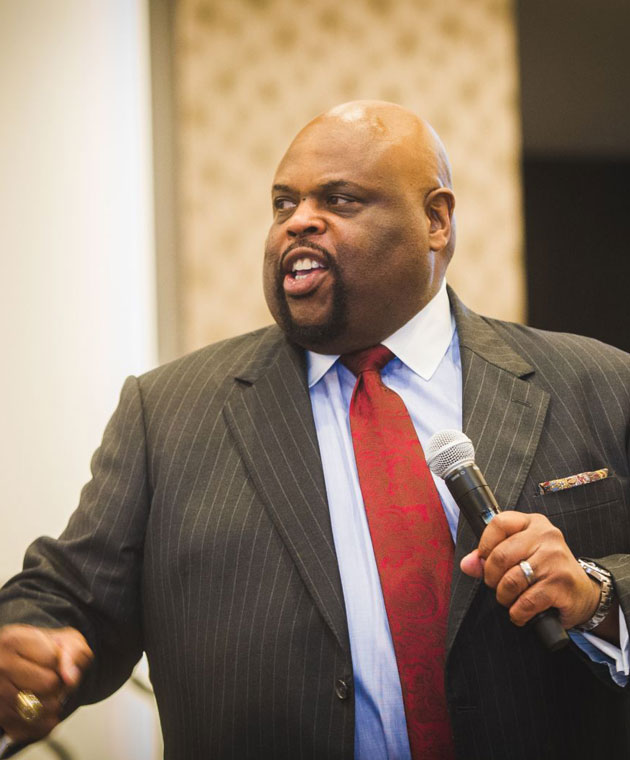
Training content is designed with flexibility pertaining to audience, content and duration. While the training seminars are structured primarily for executive, management and senior staff levels, content may be modified to address those who are employed at any organizational level.
This template serves as a starting point for developing a training curriculum that will address the specific needs of your organization.
